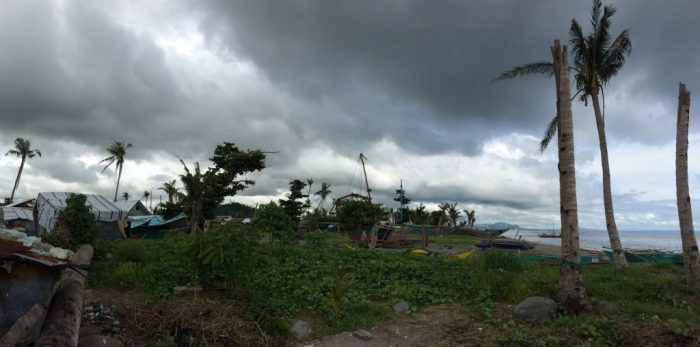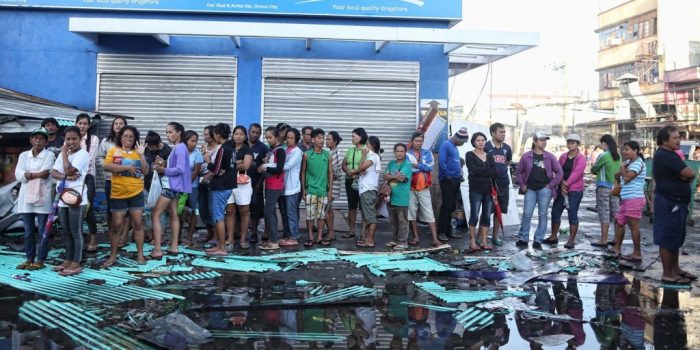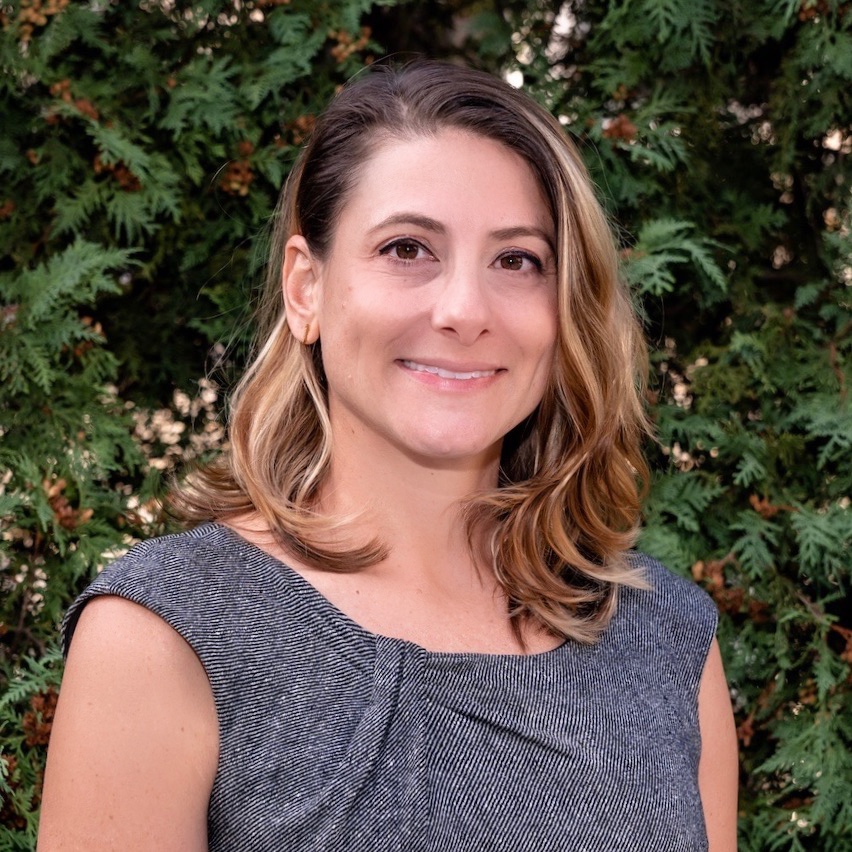GlobalGiving Staff Visits Site of Grant Work as Anniversary of Typhoon Haiyan Nears
Editor’s note: GlobalGiving, along with CDP, Mercy in Action, and others, contributed grants that helped to rebuild Nerissa Cumpio’s birth clinic. Recently, staff from Global Giving had the opportunity to visit the birth clinic. One year ago, Typhoon Haiyan (known locally as Yolanda), one of the deadliest storms in recorded history, hit the Philippines. Close […]

Editor’s note: GlobalGiving, along with CDP, Mercy in Action, and others, contributed grants that helped to rebuild Nerissa Cumpio’s birth clinic. Recently, staff from Global Giving had the opportunity to visit the birth clinic.
One year ago, Typhoon Haiyan (known locally as Yolanda), one of the deadliest storms in recorded history, hit the Philippines. Close to 10,000 people were killed or missing, and countless others lost their homes and livelihoods due to the storm. Donors and nonprofits from around the world mobilized to support the survivors in the immediate aftermath of the storm. Food was served, shelters were built, and clothes were donated as survivors tried to put the pieces of their lives together.
GlobalGiving, the world’s first global crowdfunding platform for good, mobilized more than $2 million to support 32 nonprofits working on relief and recovery in the Philippines. A few weeks ago, I flew there to meet with many of the partners GlobalGiving donors had supported in the last year, and to see firsthand how the recovery effort was proceeding.
I found that much progress had been made. On the surface, places like hard-hit Tacloban City look almost back to normal. Houses have been rebuilt. Schools are back in session. Farms are starting to look green again. But scratching the surface reveals that enormous needs persist in the areas affected by the storm.
I had the opportunity to meet Nerissa Cumpio, a mother of two who lives in a small community just south of Tacloban. Her family wasn’t especially worried before the storm began. They live by the sea, and typhoons are fairly common. Nonetheless, she and her family went to her mother’s house to wait out the storm. By 7 AM it was clear that this was not like any storm they had experienced before. She sought shelter in the bathroom in the middle of the house, but soon the rising storm surge flooded the room up to her chest. She held her children above her head to keep them from drowning, as her husband pounded on the ceiling with his fists trying to break a hole they could escape through if the water rose any higher. Miraculously, her children and husband, in shock and frozen to the core, all survived.
Before the storm, Nerissa was a midwife, helping deliver babies in her community. Haiyan washed everything away, including her clinic –her livelihood– and her ability to support pregnant women in her area.

“I was given canned food, but didn’t have a can opener to open it,” Nerissa’s mother-in-law told me. “I wanted to dance, but there was no music. Someone passing out clean drinking water yelled ‘water!’ and we all scattered, screaming. We thought they were warning us of another storm surge.”
After the storm, several nonprofits approached Nerissa promising to help her rebuild her clinic. They conducted interviews, took her photo, asked her to fill out paperwork; but they never came back. Nerissa then began working as a midwife withMercy in Action, a GlobalGiving partner running an emergency birth clinic after the typhoon. They didn’t make any promises, but they decided to try to raise funds to rebuild her clinic. When they reached their goal, with support from GlobalGiving and the Center for Disaster Philanthropy, they called and told her, “We have the money.” One year after the Typhoon, Nerissa is delivering babies in her community once again.
Nerissa and her family have a long way to go to full recovery. They still don’t have a house – they are living in the birth center until they can rebuild their home – and rubble surrounds them daily. But they are among the lucky ones.
I met many people still living in tents or temporary shelters; many who lost family; and who are still out of work after the storm destroyed their businesses. Long-term recovery, most specifically livelihoods and post-traumatic stress support, is still needed long after the media has stopped covering the destruction that Haiyan brought to the Philippines one year ago.
Smaller, locally-driven nonprofits, like Mercy in Action, are uniquely positioned to respond to these long-term challenges and are often overlooked by donors and the media in the aftermath of a disaster. These nonprofits are rooted in the communities affected, know the cultural context, and have pre-established connections and a trusted presence in the country that helps them carry out more effective programs.
One year after Super Typhoon Haiyan, the media spotlight has moved on to Ebola, the US midterm election, and Kate Middleton’s pregnancy. But in this, and other disaster recovery efforts, I urge you to remember the need for committed, long-term support for locally-driven organizations that are in the best position to have the greatest impact.
More like this

